Part One
What Is Dyslexia? The formal definition is as follows:
Facts about Dyslexia
- Dyslexia is hereditary. If you, your spouse or close relative have dyslexia, your child has a higher chance of having it too.
- About 1 in 5 people have dyslexia, but only about 1 in 10 people will qualify to receive proper intervention for it.
- Early detection and intervention is key. There are new screenings that can detect dyslexia in as early as preschool and kindergarten.
- Thanks to MRIs, we now know that the dyslexic brain processes language and information in a different part of the brain than a non-dyslexic.
- Dyslexia does NOT equal less intelligent.
Red Flags for Dyslexia
We as educators, don’t have to use the “wait and see” or “wait to fail” approach if we can become more cognizant of specific trouble areas in our students’ learning. You might see any one of the following:
- Extremely slow reading, poor reading fluency, which affects overall comprehension
- Weak spelling and decoding
- Poor phonological awareness
- Difficulty with word retrieval, letter name and sound recognition
- Difficulty with recognizing rhymes
*For a comprehensive list of symptoms
Strengths of Dyslexia
- Most dyslexic readers have average to above average intelligence.
- A high percentage of successful entrepreneurs are also dyslexic.
- They are creative, think outside the box thinkers.
- Strong visual-spatial abilities, an ability to see in 3D
- They have the ability to link abstract ideas together.
- Read more on strengths.
- Successful dyslexics
Part Two
Teaching Children with Dyslexia
- Use a structured, systematic, multi-sensory approach to teaching phonological awareness, phonics, reading, spelling, writing, and handwriting. This is good teaching for all readers, not just for dyslexic learners. There is a large volume of research to support this as best practice. Orton Gillingham is one of the well-respected approaches that has been used effectively for years. Here is a link to one O-G informational site.
- Provide consistent fluency intervention, and use it with fidelity. If you need specific names of fluency programs, try this list.
- Keep audio text readily available in a variety of formats. (listening centers, a computer station, or on a mobile tablet) Many dyslexic readers are ear readers. When they hear the text and follow along in order they’ll gain the most benefits. Be sure to use audio text where the narrated voice isn’t robotic. Most prefer following along with a human voice.
- Introduce children to a variety of texts such as magazines, graphic novels, and comics. They might enjoy a different format other than the traditional chapter book, which can seem daunting.
- As parents, continue reading aloud to your child at night so they hear a proficient reader. These children may have strong listening comprehension, so choose books that are above their reading level to read to them, and foster a love of lifelong reading and learning.
- Use assistive technologies. Check this Pinterest link to apps that may help a dyslexic reader.
Please keep in mind…
- Every dyslexia reader is different.
- Dyslexia has degrees of severity.
- Certain instructional approaches will help to remediate better than others. Find out which reading programs are based on scientific research, and use them consistently and with fidelity.
Part Three
Dyslexia Resources
- Overcoming Dyslexia by: Sally Shaywitz
- The Dyslexia Advantage: Unlocking The Hidden Potential of The Dyslexic Brain by: Brock L. Eide
- The Gift of Dyslexia by: Ronald Davis
- The Dyslexia Checklist by: Sandra F. Rief
- Proust and the Squid: The Story and Science of the Reading Brain by: Maryanne Wolf
- The Dyslexia Empowerment Plan: A Blueprint for Renewing Your Child’s Confidence and Love of Learning by: Ben Foss
- Dyslexia Wonders: Understanding The Daily Life Of A Dyslexic From A Child’s Perspective by: Jennifer Smith
- Fish In A Tree by: Lynda Hunt
- The International Dyslexia Association
- Understood
- The Yale Center for Dyslexia and Creativity
- Dyslexia Training Institute
- Dyslexia Help
- Learning Ally
- National Center For Learning Disabilities
- Dyslexia: The Gift
- Decoding Dyslexia
- Information on Dyslexia Simulation: Dyslexic For A Day
- 1 in 5 Initiative
Thank you so much for reading my post today. I hope it has provided you with valuable insight into the children in your classroom. Feel free to leave me comments or questions below, and please keep in touch with me either on my Facebook page or my blog. Have a wonderful day!

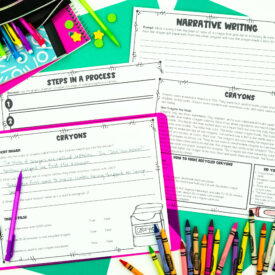
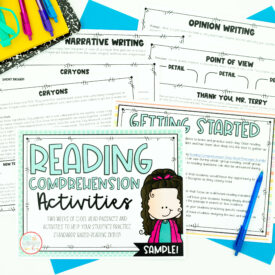
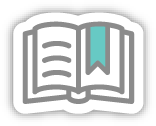
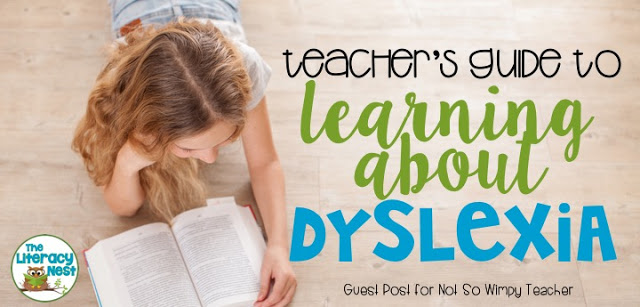


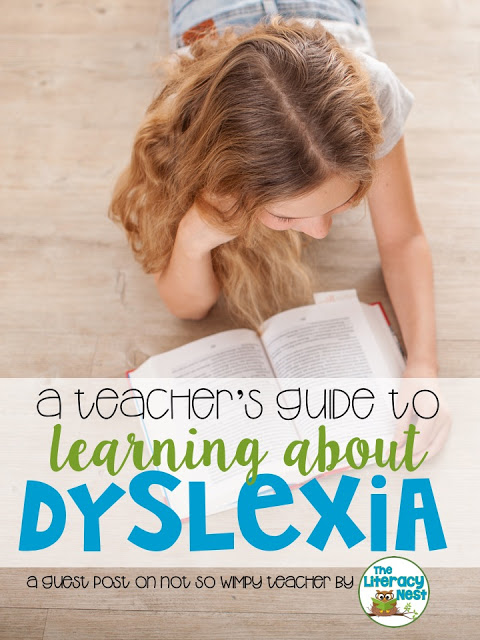

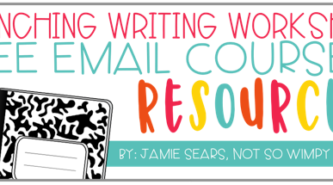
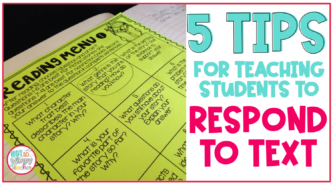
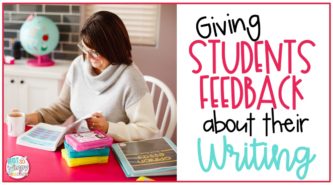











 End of Year Carnival Week for grades 2-5!
End of Year Carnival Week for grades 2-5!
I am so thankful for all of the help this post provides! I have never known much about Dyslexia, but I am now almost convinced that 2 of my students this year might have it. Is there a way for me to ask someone what they think, after I describe the signs I am seeing? I teach third grade, so I hope it isn’t too late to try to help these students. I will certainly look into the websites listed and hope to read some books on the list. Thank you for all the wonderful information!
I really appreciate the list of red-flags. As a 3rd grade teacher I feel that these “red-flags” are overlooked in the younger grades because often times I get multiple student’s in 3rd grade who can’t read and lack phonemic and phonological awareness. I then have to spend the year collecting data to get my student an IEP and they end up being retained because they do not meet good cause. I with these red-flags were addressed in the earlier grades before students reach the grades where they are expected to read to learn and not learn to read.
Hi Marissa,
I’m glad the article was helpful.